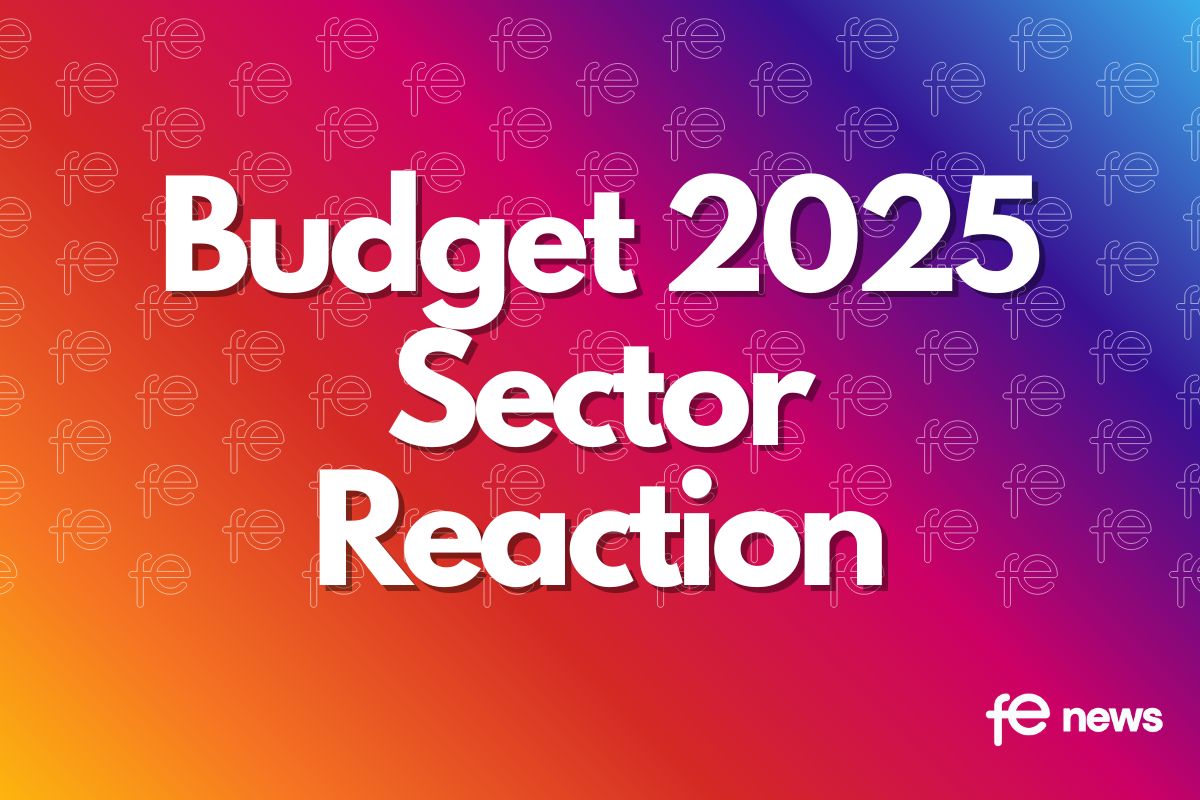Preventing Suicide and Self-Harm amongst 16-24 Year Olds

Suicide: The Biggest Killer
While suicide amongst young people is rare, sadly, it is the biggest killer of people aged 16-24 (ONS, 2018). Suicide is not inevitable, it is preventable and it requires us all, from communities to educators to the government, to take action to save lives.
Causes and issues
Suicide amongst young people usually follows a combination of adverse childhood experiences, stressors in early life and recent events (National Confidential Inquiry, 2017). Research shows that bereavement, abuse, neglect, self-harm, mental or physical ill health, and experiencing academic pressures are just some of the common risk factors for suicide among young people.
There are also societal issues affecting young people’s mental health to consider. For instance, we know young people report feeling lonely more often than older people (DCMS. 2016-2017). Samaritans conducted an exploratory study into this theme and most of the young people we interviewed said loneliness played a significant role in causing their suicidal thoughts. They felt unable to ask for help, in part due to the stigma of admitting they feel lonely, or didn’t know where to get help for their feelings of loneliness (Samaritans, 2018).
Of course, most young people will experience these stresses and not go on to take their own lives. However, understanding these risk factors means we can implement and create access to the right support services for young people who are experiencing these issues so they are getting the support that works for them at the right time.
Self-Harm: A Growing Crisis
Self-harm is often without suicidal intent (S.McManus et al, 2016) but self-harm can lead to suicidal thoughts. It is one of the strongest predictors of transition from suicidal thoughts to behaviours. The rise of non-suicidal self-harm has been across all ages, but especially in the young, affecting as many as one in eight young people and with about three-quarters of those who self-harm starting before age 18.
Reasons
In 2019, self-harm was discussed once every two minutes in calls to Samaritans. As a priority area for us, we conducted research to better understand why more young people are self- harming and what support works best for them. Many young people self-harm as a way to manage severe emotional distress and from speaking to people with lived experience of self-harm, we determined that support needs to focus on four areas: equipping people with a distraction from immediate self-harm urges, providing emotional relief in times of stress, helping develop alternative coping strategies and addressing the underlying reasons for self- harm (Samaritans, 2020).
Preventing Self-Harm, Preventing Suicide
We all go through challenging times in life and learning how to cope in a way that helps you process and manage your emotions during these times is a vital tool in preventing things from building up and overwhelming you. It’s important that young people are taught from an early age about emotional health so they can identify when they are struggling, know what they can do about it, and know when and how to get help.
Parity between Emotional Awareness and Physical Education
Starting in the classroom, teachers have the opportunity to help children develop emotional awareness and give it parity with physical education. Promoting conversations at an early age about how we’re feeling, creating safe spaces for discussion and sharing coping strategies can help normalise talking about your mental health and break down stigma.
Promoting Self-Care
Self-care is everybody’s business. Promoting self-care plays an important role in providing both a distraction from immediate self-harm urges and the development of preventative coping strategies over the longer term. Family and peers play a helpful role for many in providing emotional relief in times of stress. GPs are also vital in both providing support and helping young people navigate different options for care. More generally, we need a public health approach to tackling the stigma around loneliness, improving well-being in young people and helping them build meaningful relationships within social settings.
Education Provider Interventions
School-based mental health and suicide awareness programmes have consistently been shown to reduce suicide attempts and thoughts. Clearly, education providers of all kinds – schools, colleges, universities, independent training organisations and adult learning providers – are well placed to help direct those who self-harm to sources of support.
Funding for Education Settings
Funding from the Treasury does not necessarily mean directing extra resources just to mental health services and primary care. Helping young people build protective factors by fostering social connections, having a range of activities available through community groups, and creating positive opportunities in education and work, is fundamental to improving their wellbeing. This is why settings such as schools, colleges and universities are crucial environments that can help young people thrive.
Recommendations
Just as suicide and self-harm is complicated, suicide and self-harm prevention requires a multifaceted approach. By basing prevention strategies on the three key pillars below, we can make a real difference to the wellbeing of future generations.
Recommendation 1
We need to introduce suicide and self-harm prevention strategies from early years education onward including schools, colleges, universities, independent training providers and adult and community learning providers, creating parity between mental health and physical health.
Recommendation 2
The government must prioritise funding for a preventative approach to self-harm and suicide through greater investment in wider community and voluntary-based services.
Recommendation 3
We need to create positive opportunities to unlock the potential of environments that offer young people the chance to build meaningful relationships in the world of work and education and training provision directly linked to the world of work, such as jobs with apprenticeships and work placements.
Paul McDonald, Samaritans
Understanding and Overcoming a Mental Health Crisis in 2021 |
|
This article is from the new publication ‘Understanding and Overcoming a Mental Health Crisis in 2021: issues for post-16 education, employment, the world of work and retirement’. Some of the issues and concerns for mental health discussed existed prior to the pandemic, but Covid-19 has caused additional pressures on young people and adults. The authors make specific recommendations to support apprentices and students at colleges, university and in adult learning, as well as people in and out of work. The important role of education, lifelong learning and good work in promoting mental wellbeing and reducing mental health problems is also addressed. Published by the Campaign for Learning, it brings together sixteen specialists from mental health and post-16 education and employment to set out what needs to be done to prevent or limit a mental health crisis in 2021. |
|











Responses